Groups fear ’piecemeal over-commercialisation’ after scrapping of Diller Scofidio & Renfro’s £288m Centre for Music
High-profile U-turns over plans to redevelop parts of the City of London’s Barbican area have prompted residents’ groups to demand the creation of a long-term vision for the future to prevent “piecemeal over-commercialisation”.
A joint call from the Barbican Association and Golden Lane Estate Residents’ Association urges City bosses to fund a “comprehensive” masterplan for the area following February’s scrapping of Diller Scofidio & Renfro’s £288m Centre for Music proposals. It also referenced the 2019 cancellation of Nicholas Hare Architects’ proposals to expand the City of London School for Girls.
In an open letter to the corporation, Barbican Association chair Adam Hogg and GLERA chair Tim Godsmark, an architect, said the shelved schemes had been created without proper community involvement and lacked business cases, wasting more than £8m in the process.
Hogg and Godsmark said there was a risk that the current financial climate and the City’s “disjointed” approach could result in damaging new development at the Barbican that further compromised its integrity unless a new masterplan was created.
“We now fear that the pendulum will swing back from schemes needing extravagant funding towards a drive for over-commercialisation of the area, piece-by-piece,” they said.
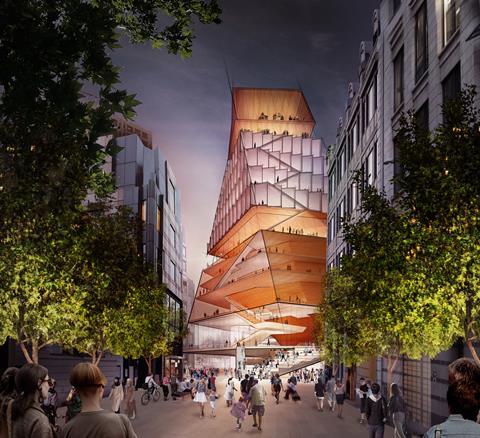
“During, and immediately after, the devastation of the Second World War, the City of London showed real leadership and imagination by developing a comprehensive plan for a mixed residential, cultural and educational district in the west of the Square Mile.
“Fifty years on from the Golden Lane and the Barbican estates welcoming their first residents, the time is now right for a similar exercise to ensure that this internationally acclaimed neighbourhood and asset in the heart of the City is not slowly stripped of its current and future value by incremental planning mistakes and limited future vision.”
Hogg and Godsmark said the end of the Centre for Music proposals, which would have been constructed on the site of Powell & Moya’s Museum of London and the Bastion House office block, opened “opportunities for a plan with widespread and long-lasting benefits”. The museum is due to relocate to part of the former market buildings at Smithfield under £337m proposals by Stanton Williams, Asif Khan and specialist conservation architect Julian Harrap.

In February City bosses said they would bring forward new proposals for the curent Museum of London site “over the coming months”. They also pledged to appoint architects to give the Barbican Centre a “40th anniversary” update.
Diller Scofidio & Renfro was appointed to the Centre for Music job, with support from Sheppard Robson, in October 2017 – beating rival teams including Foster & Partners, Amanda Levete with Diamond Schmitt, Frank Gehry and Renzo Piano in the process. Funding for the project was always in question, however.
Hogg and Godsmark told City bosses the blueprint they wanted should openly explore options for the Barbican district’s future development in a way that was “genuinely participatory”, prioritised greening the City and “maximised opportunities for creativity and imagination”.
They added that the masterplan should also recognise the City’s growing residential population.



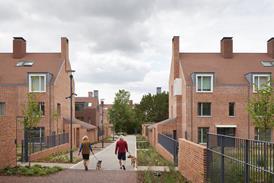
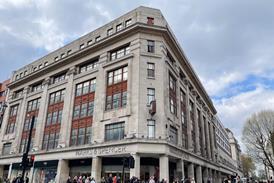




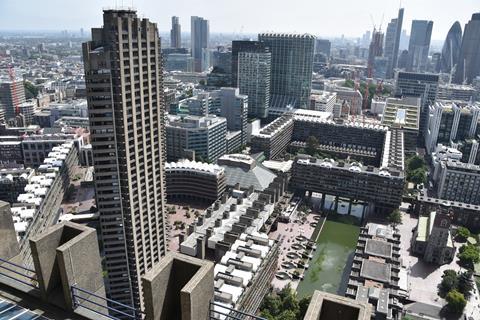
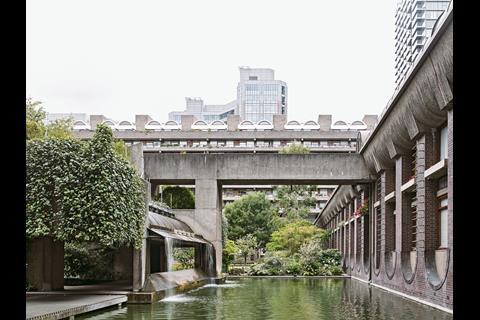
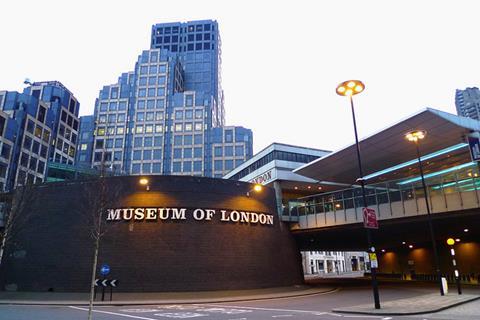









No comments yet